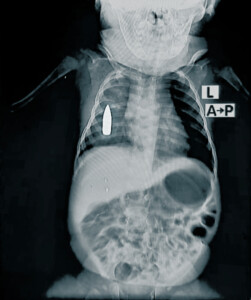Darfur confirms case of dengue fever, eight cases of chikungunya
The Ministry of Health in South Darfur state announced yesterday a confirmed case of dengue fever, among eight positive cases of chikungunya fever reported recently.
 (file photo)
(file photo)
The Ministry of Health in South Darfur state announced yesterday a confirmed case of dengue fever, among eight positive cases of chikungunya fever reported recently.
Dr Abbas Shams El Din, Director of the Emergency and Epidemiology Department at the Ministry of Health in North Darfur State, told Radio Dabanga that “in one of the cases, a person was infected with dengue fever and chikungunya at the same time”.
He went on to add that most of the cases were registered in various localities in Nyala.
People in El Maraya in the Radom locality complained about an outbreak that leaves blisters and breakouts in sensitive areas of the body.
‘Sudan free of dengue and chikungunya’
At the start of the year, Sudan’s Ministry of Health declared that the country was free of dengue and chikungunya for the first time since August 2019.
The International Epidemiological Office (OIE) of the World Organisation for Animal Health also declared that livestock was free of epidemic diseases in Sudan.
Floods
Recent flooding in Sudan may be a leading cause of the recent cases, as poor sanitation and contamination of drinking water are blamed for the spread of diseases such as cholera and chikungunya.
Earlier in 2019 when Sudan was faced with increased cases of dengue and chikungunya, journalist Amin Sinada told Radio Dabanga, that “the incidence of chikungunya fever increased due to standing water left after floods and rains, which had led to the increase of mosquito breeding”.
*Chikungunya is a virus transmitted by the Aedes aegypti mosquito, the same kind that spreads dengue and Zika virus. It is characterised by an abrupt onset of fever, frequently accompanied by joint pain. There is no specific antiviral drug treatment for chikungunya. Treatment is directed primarily at relieving the symptoms, including the joint pain. Most patients recover fully within weeks, but in some cases joint pain may persist for several months, or even years. Serious complications are not common, but in older people, the disease can contribute to the cause of death. (Source: WHO)









 and then
and then